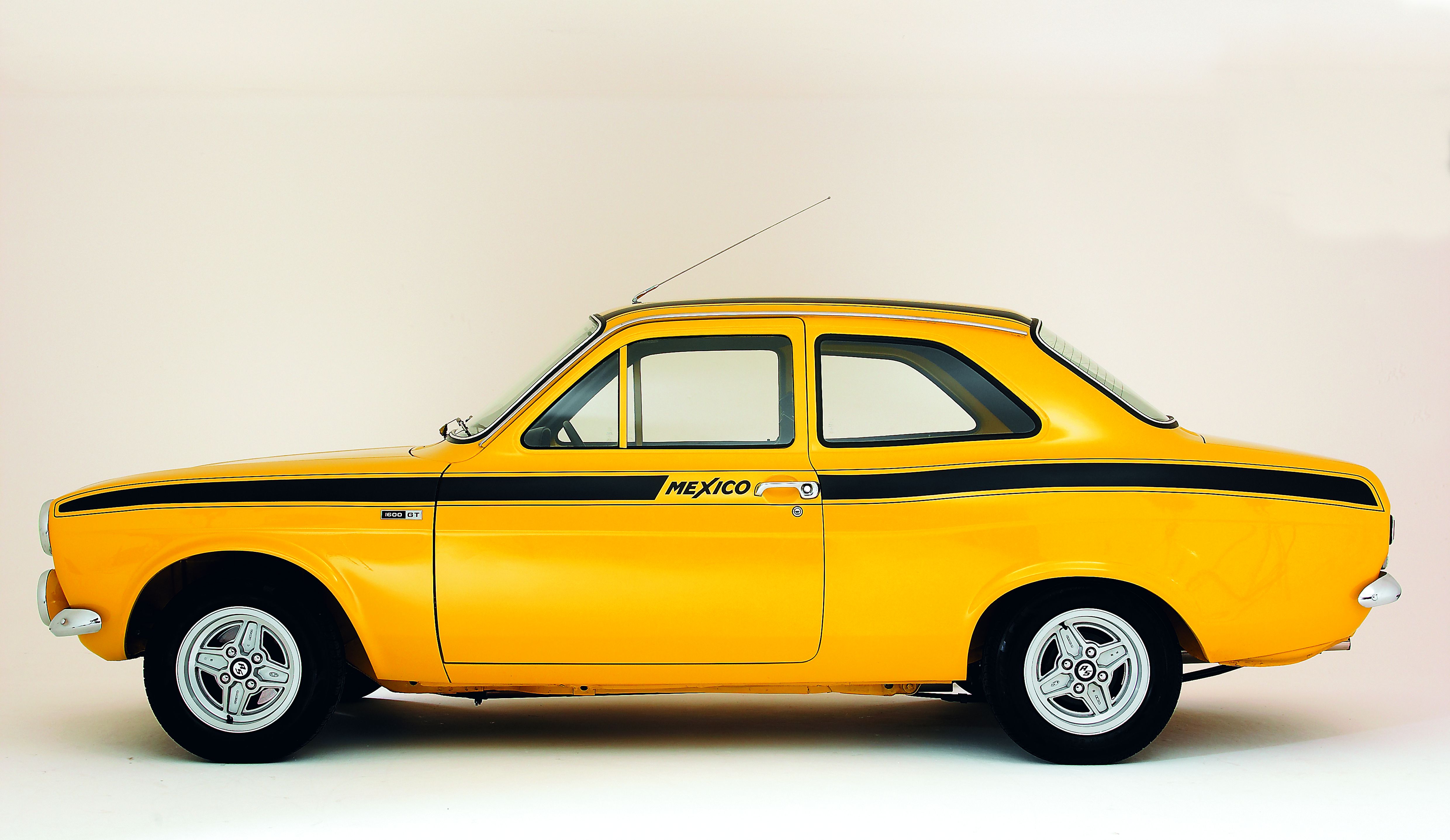It’s safe to say that the Ford Escort does not enjoy a straightforward place in the British national consciousness. And it’s not a position, furthermore, that is simplified in any way by being reminded that the Prince of Wales actually bought one of them for Lady Diana Spencer as an engagement present in 1981.
I challenge you to think of a less romantic engagement gift – albeit the car did have a frog mascot on the bonnet – for a bride-to-be, especially one due to be joined in holy matrimony to the heir to the throne. (God alone knows what Meghan Markle would have said if Prince Harry had turned up with a Vauxhall Astra to celebrate their engagement.)
But more than that, news that the Mark III Ford Escort Diana once owned has been sold at auction in Essex – appropriately enough, some would argue – for £52,640 also calls for a moment of reflection. That, after all, is enough dosh to have bought ten of the cars when they originally released.
The Mark III is the car that fed, spurred and inspired the hopes and dreams of a generation of Thatcher era children
Looking back at Prince Charles’s decision, it’s clear that apart from being a statement of intent (it was a compact family car, after all), the gift to Diana was presumably what passed for a demotic play by the monarchy in 1981. In that year the all-new third generation Ford Escort (it was front-wheel drive and assembled in Halewood in the North West) became the top-selling car in Britain. It even scooped the coveted European Car of Year accolade, beating back the Austin Metro and Fiat Panda for the top spot. Whatever else one might say, back in the early Eighties, Buckingham Palace clearly had its finger on the motoring pulse.
I remember the new-looking Escort appearing on the roads in the early Eighties. Out were the soft, rounded bodyshapes and the circular headlights of the previous two Escort incarnations. In came new rectangular headlamps, that distinctive slatted grille, and a much more crisp, angular and boxy design of the whole car. This was all finished up with a wedged lip added to the boot – apparently rather advanced aerodynamically. (It would also prove to be the ideal setting for a spoiler.)
In this way, the arrival of the Mark III Escort heralded the arrival of a modern, new world – one that was inherently more angular and dynamic than the staid shapes associated with the Seventies. Forerunners suddenly felt dated. And they were. Just like the moustaches of Labour MPs.
And so, the new angular Escort came to own the day it bestrode. It was cool. (Though of course, the Ghia version that Charles bought Diana was anything but; doubtless it had velour cloth and a tape deck but it was the Penelope Keith end of the range). I remember sitting there gazing through the rain flecked windscreen of our family car at the Escort’s straked rear lights – a design riff on rally cars – just dreaming of owning one. Instead, we had an old Vauxhall Chevette, which was irredeemably dull in comparison and ever so slightly shaming. If you don’t believe me, google it.
Not only did the Escort remain Britain’s top selling car for rest of the Eighties, it also rapidly became associated with of something that arguably led to its cultural undoing.
For if Essex man became the defining demographic category of the Thatcherite era – described by Simon Heffer in 1990 as ‘young, industrious, mildly brutish and culturally barren’ – then his chariot of choice was this Ford Escort – and preferably the sporty XR3i version of it. Indeed with its black rubber spoiler on the back and its two extra rallying-inspired fog lights bolted on the front grill, the XR3i was Essex man’s full metal jacket.
And when Mrs Thatcher’s star began to wane, the Escort followed suit – as did the reputation of Essex. No longer was it seen as a place filled with plucky folk on the make; it became the butt of jokes as the label Essex man went from back-handed compliment to full-fronted insult. Derogatory dictionary definitions followed.
Decades on, I would say that in the same way as a cultural re-evaluation of Essex is overdue (note the campaign to have phrases such as ‘Essex-girl’ struck from the dictionary), so it is also time to reassess the cultural freight of the classic 1980s Mark III Escort. (We’d better not start on the Mark IV Escort, introduced in 1986, which was less well received by the motoring fraternity. ‘What’s the difference between a Mark IV Escort and a Jehovah’s Witness?’ asks a car journalist I know. ‘You can close the door on a Jehovah’s Witness.’)
But it is time. Arguably an unnamed museum in Chile has beaten us to it, by stumping up north of £50,000 for 40-year-old Escort, albeit with royal pedigree. But it’s not too late. The Mark III is the car that fed, spurred and inspired the hopes and dreams of a generation of Thatcher era children. It came to epitomise a moment in time as well as movement. And like it or not, but the growl of an Escort being red-lined in the fast lane was just as much part of the soundtrack of those days as Wham or Duran Duran or whatever else Princess Diana listened to on the tape deck of her 1.6 Ghia.
All in all I think Tristram Hunt could do worse than parking an Escort somewhere in the V&A. Its earned its place there. And it wouldn’t take up too much space.







Comments